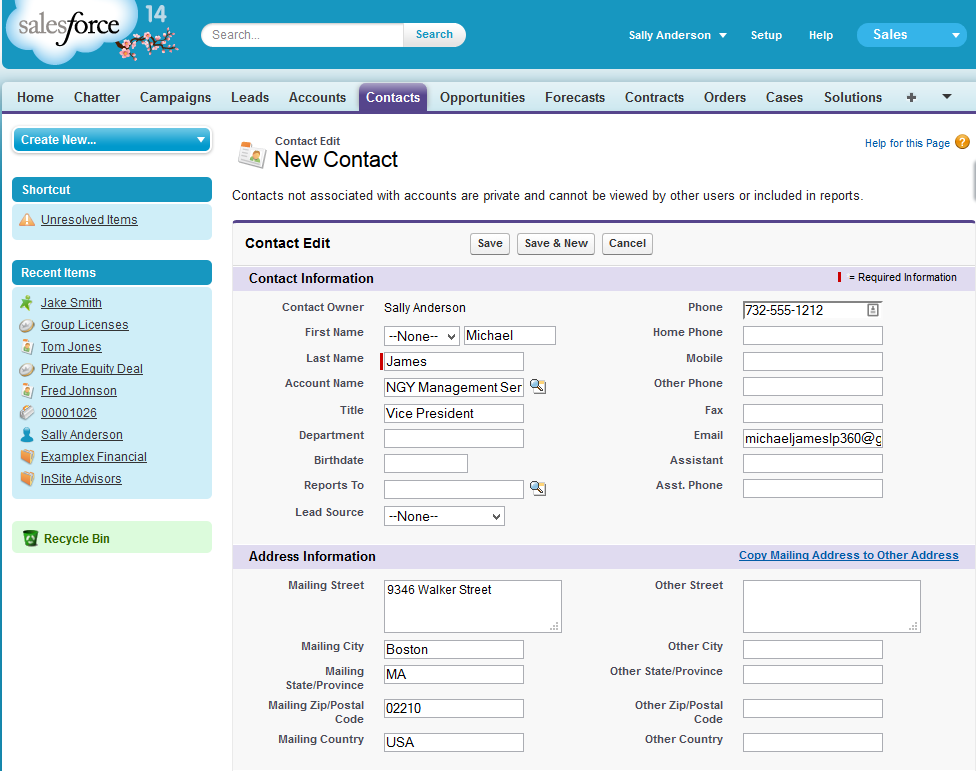Identity Verification on Salesforce

Salesforce is a customer relationship management (CRM) platform that helps organizations manage and analyze their customer interactions and data. It provides a range of tools and features that can be used to track and manage customer information, including contact lists, sales leads, customer support inquiries, and more.
There are several methods that you can use to verify the identity of contacts in your Salesforce database:
- Two-factor authentication: This method involves requiring users to provide an additional form of verification, such as a code sent to their phone or email, in order to access their account. This can provide an extra layer of security, as it makes it more difficult for unauthorized users to gain access to an account.
- Document verification: In some cases, it may be necessary to verify the identity of contacts by requiring them to provide official identification documents (such as a driver’s license or passport). These documents can be scanned or photographed and submitted electronically for verification.
- Biometric authentication: Some tools, such as smartphones and laptops, have biometric authentication capabilities (such as fingerprint scanners or facial recognition). These can be used to verify the identity of a user before they are granted access to their account.
To verify the identity of a contact in your Salesforce database, you can follow these steps:
- Identify the contact whose identity you want to verify.
- Determine the method of identity verification that you will use.
- Follow the steps for the chosen method of identity verification.
- If the identity verification is successful, the contact’s identity has been verified. If the verification is not successful, you may need to try a different method or take additional steps to verify the contact’s identity.
It’s important to note that the specific method of identity verification used will depend on the security needs of your organization and the preferences of the users.


